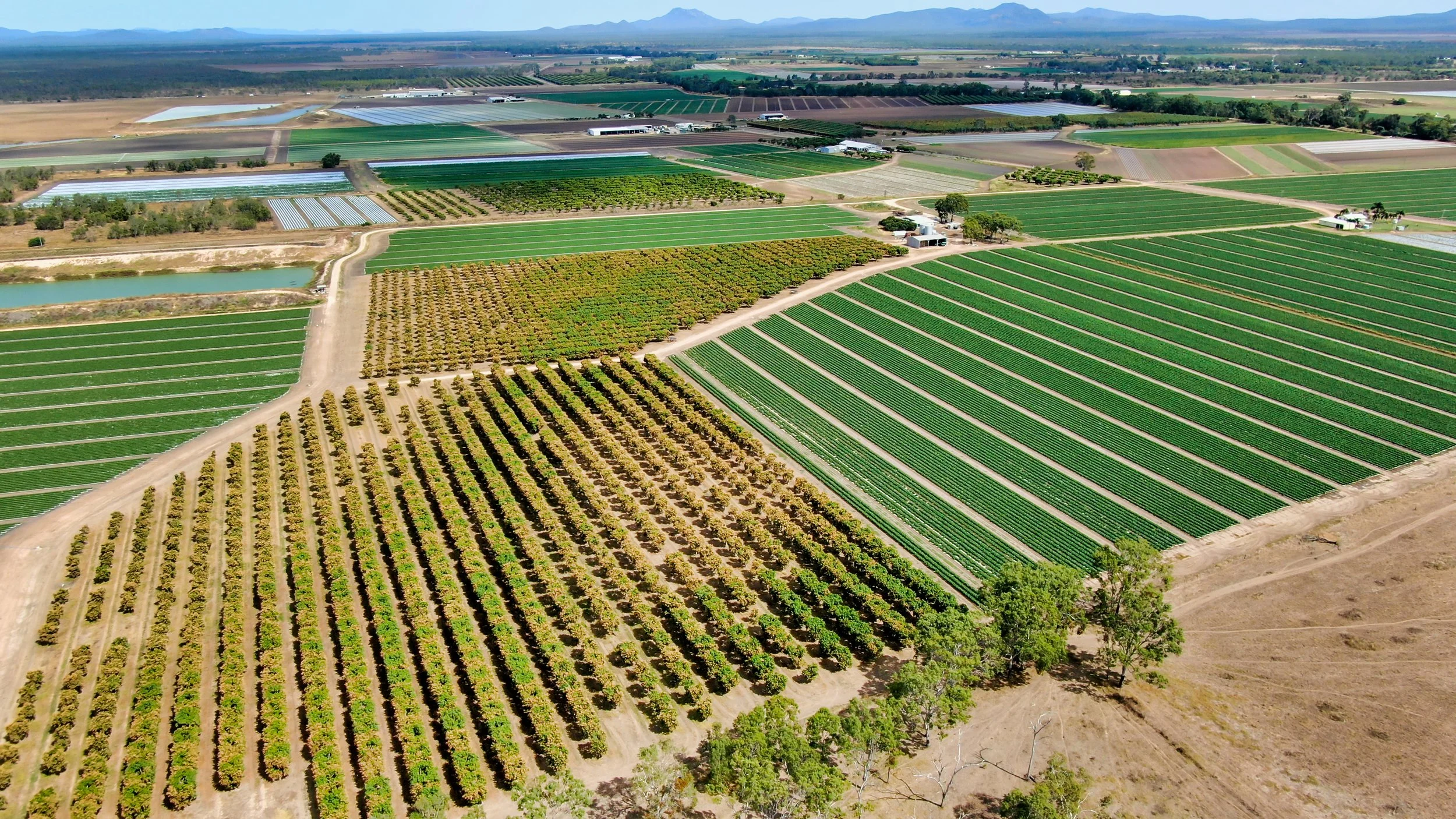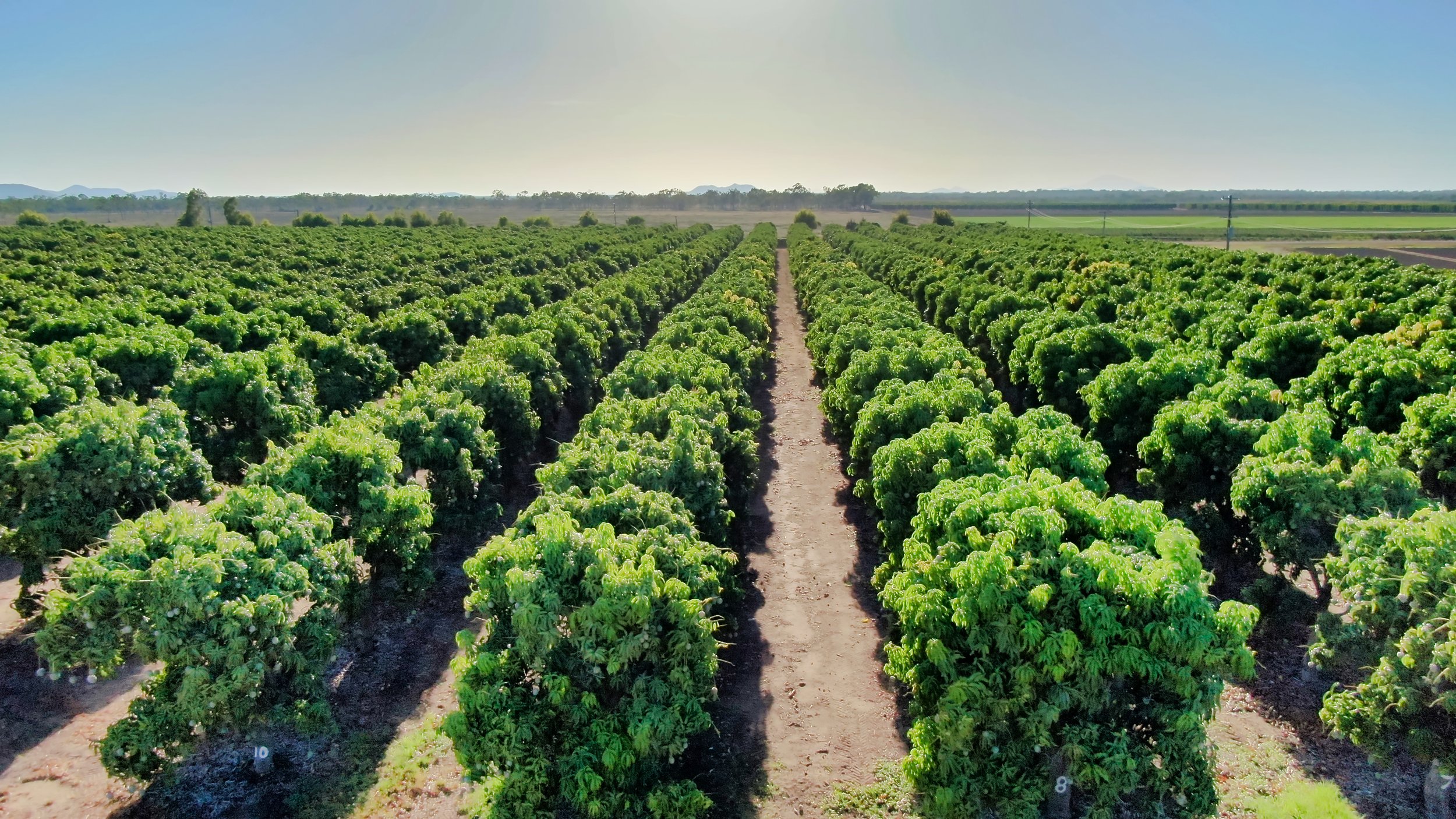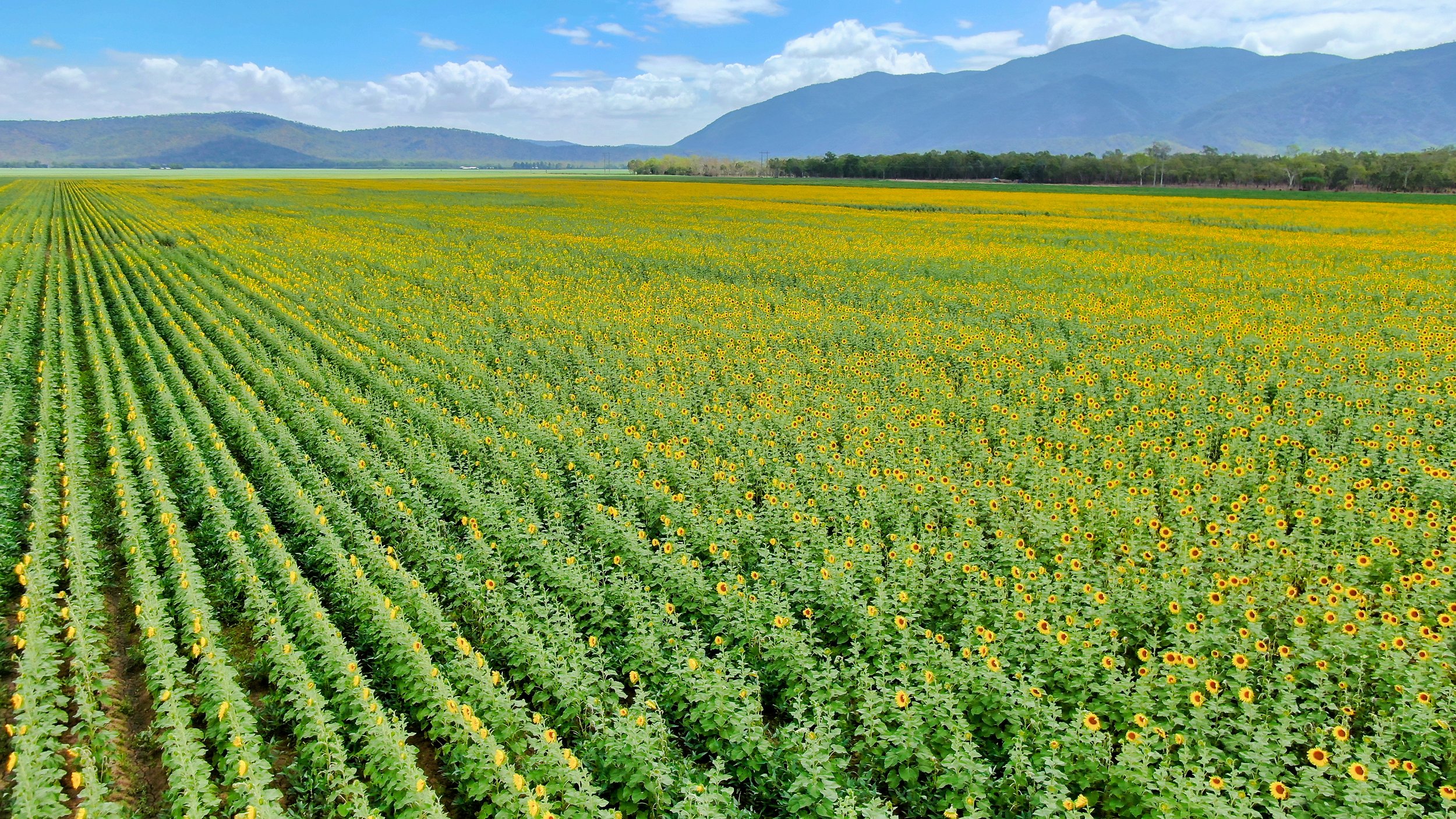
The Bowen Pipeline will remove the uncertainty associated with seasonality and weather patterns, providing producers with a secure and reliable source of water.
Economic Benefits
The development of the Bowen Pipeline is the key to unlocking the economic potential of the Bowen, Gumlu and Guthalungra regions (the Bowen Region). The pipeline will supply large volumes of secure, high quality and cost effective water to support the expansion of the horticulture, aquaculture and agriculture industries in a region that has existing infrastructure capable of accommodating increased production (e.g. Townsville port and international airport).
The project will allow the creation of a reliable, secure water supply to Australia’s largest winter vegetable and fruit growing area, growing 1/5th of Australia’s vegetables – currently growing more than 250 million kilograms of fruit and vegetables each year, with a gate value of over $650 million.
The findings of the KPMG preliminary economic analysis indicate that there is potential to:
increase the value of annual horticultural production output from the region by $300 M;
support an additional 1,200 full-time equivalent jobs;
allow the Bowen region to take advantage of recent Free Trade Agreements with overseas markets;
enable the expansion of the existing horticulture and aquaculture industry;
fully utilise existing cleared horticultural or grazing land, extending the cropping season and enabling crop diversification through the provision of a supply of quality and reliable water;
remove the uncertainty associated with seasonality and weather patterns, providing producers with a secure and reliable source of water;
increase the capacity for producers to expand production and diversify into other new food products such as mung beans, millet, kale, quinoa, chia, citrus, macadamias and pulse crops;
meet growing international demand for horticultural products (averaging 8.4% growth per annum); and
meet the significant unmet demand for locally grown aquaculture products.
The pipeline will supply water to the Abbot Point Green Energy Export Hub for the production of ammonia (fertilisers for local, national and international markets), green hydrogen (export and domestic), bioenergy (turning food waste into power, gas and bio fertilisers) and other potential tertiary users.
Environmental Benefits
Underboring of all 15 major and high value rivers and creeks to preserve the riparian zones and cultural artefacts;
Prohibition on unrestricted flood irrigation;
Reduces the use of fertiliser as it allows for new crops to be introduced such as legumes which take nitrogen from the air and replenish the soil;
Increases productivity of existing cleared land and requires no new land clearing, protecting existing habitat for local flora and fauna;
Prevents run-off into the Great Barrier Reef as the project will utilise modern irrigation such drip-feed technology direct to crops;
Reduced reliance on bore water will limit the encroachment of salinity into the region’s water table;
Allows the diversification of crops which reduces monocultures and their associated environmental impacts;
Introduces innovative new technologies such as solar-powered and vertical wind turbines for pumps, drone utilisation and mobile phone applications;
Utilises existing brownfield road reserve and common user infrastructure;
Provides ability for revegetation of riparian zones for rivers and creeks.
Social Benefits
Estimated to increase employment by 1,200 full-time employees as crop diversification ensures year-round employment;
Turn part time jobs into full time jobs allowing workers to borrow to buy houses and other assets;
the additional employment will generate upwards of $100 million a year in local wages;
An increase in the region’s production will have immediate flow-on benefits to the wider community. It will deliver greater job security and youth employment opportunities, providing a greater ability for local spending;
Allows year-round provision of high-quality non-potable water into areas previously reliant on drawing down from the local water table.




